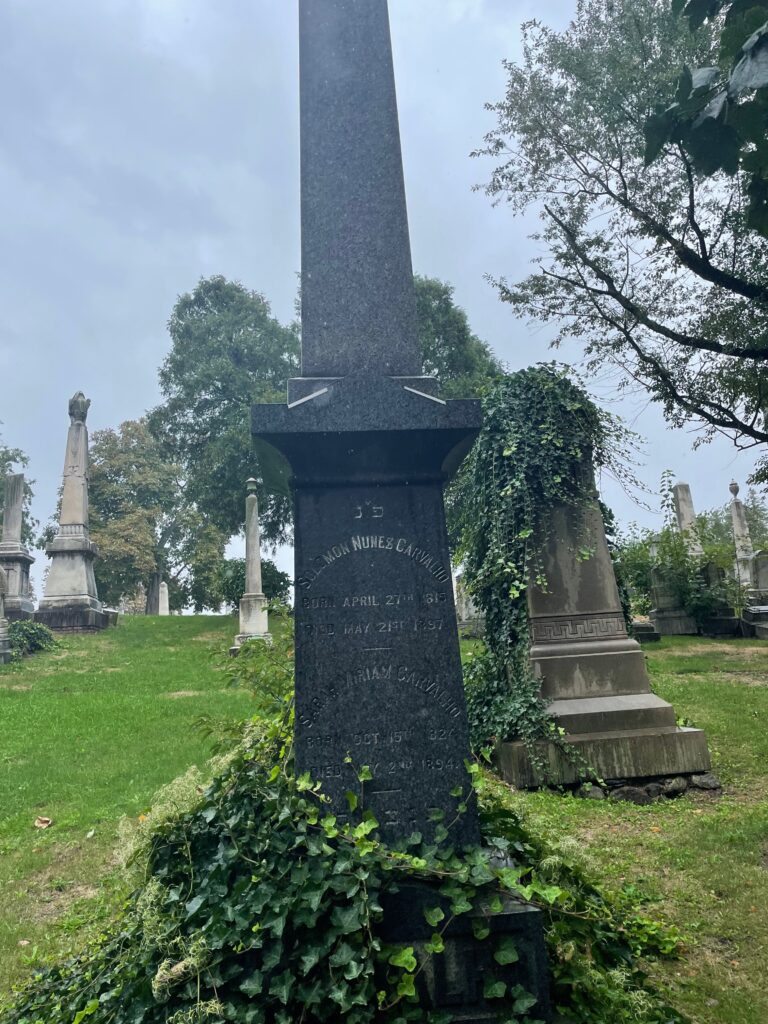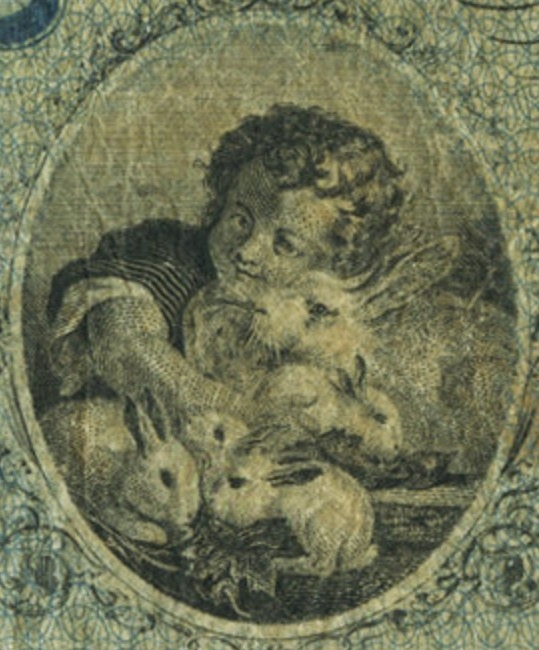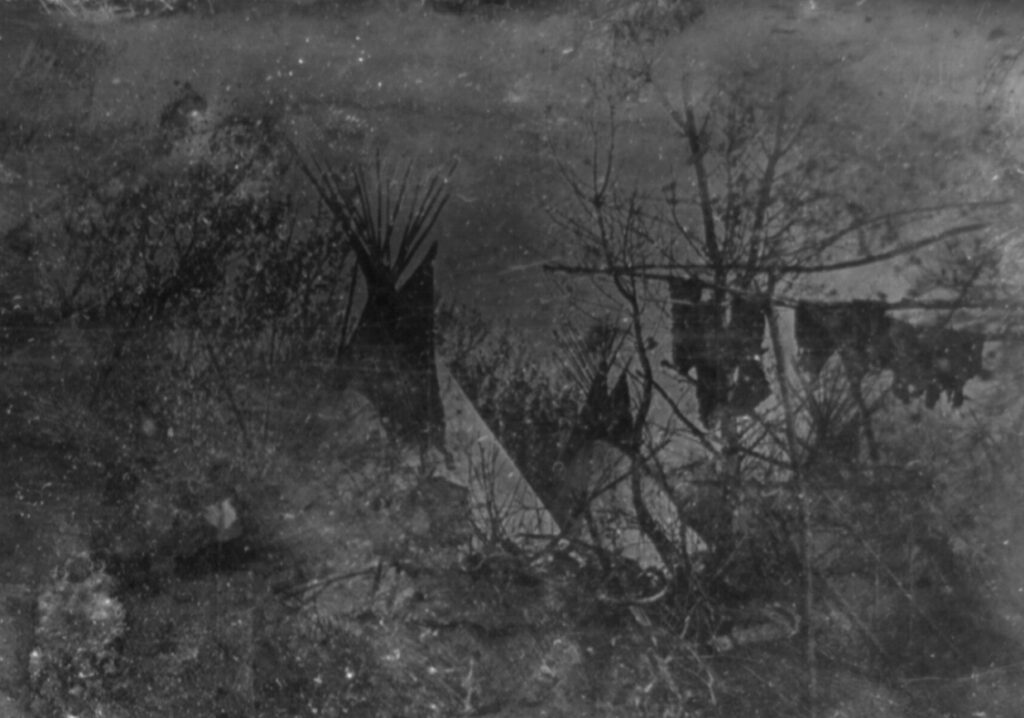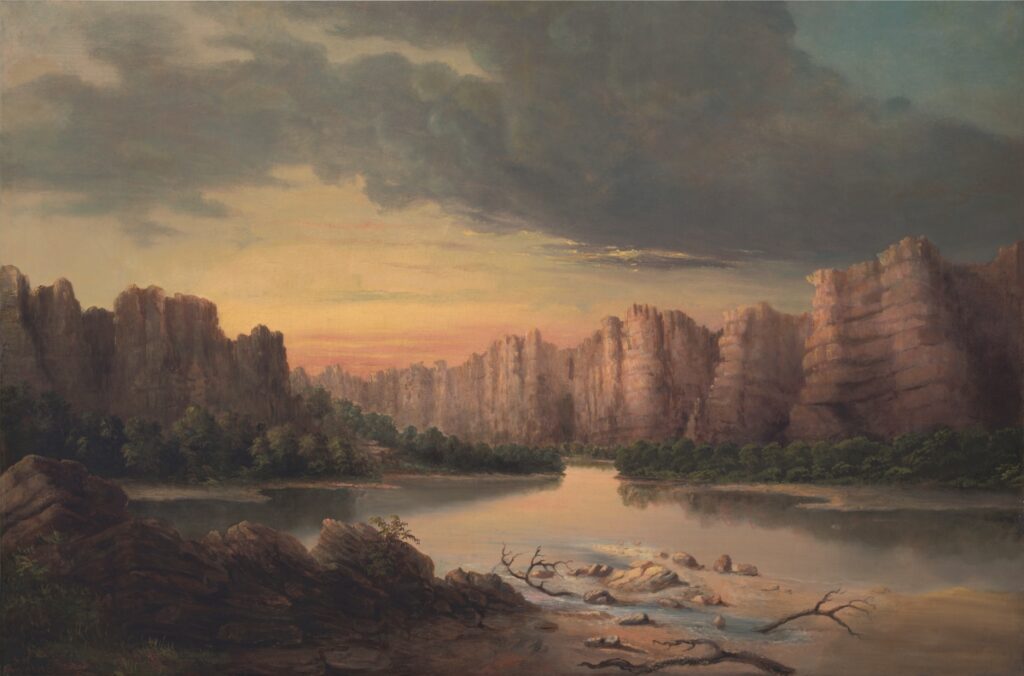Erik Visits an American Grave, Part 1,896
This is the grave of Solomon Nunes Carvalho.

Born in 1815 in Charleston, South Carolina, Carvalho grew up in the Jewish elite of that city, not too uncommon in the wealthy southern port towns. In fact, his father David was critical in founding the first Reform Jewish congregation in the United States. The family left South Carolina sometime by 1840 and moved to Philadelphia. Carvalho was taking art lessons in these years, but mostly was involved in his father’s business enterprises. By 1850, he was married and living in Baltimore, where his father was then based. He and his wife Sarah would move back and forth between New York and Baltimore quite a bit during the early years of their marriage between the two cities. They were involved in a lot of Jewish charity stuff in both cities and were also involved in creating Jewish congregations.
Carvalho and his father both became quite interested in the new practice of photography very early in its history. They began developing daguerrotypes. Carvalho also started painting more seriously by the time he was in Baltimore. The first thing he really got notice for was a picture called “Child with Rabbits,” which is pretty schmaltzy but was popular, became a mass produced image, and several banks put it on their state currency national bank notes (which themselves were part of the ridiculous American currency system of these years). Here it is, though I suspect this is actually from the bank notes:

Cute, I guess.
Carvalho got to know folks though and one of them was John C. Frémont, the American explorer and later the first Republican presidential candidate. He rightfully thought it was important that Americans see what he saw in their western lands as they wrested power from the tribes using massive violence, which this abolitionist had no problem enacting upon Native people, a hypocrisy common to abolitionists. In 1853, Frémont was about to set off on an expedition to explore routes for a transcontinental railroad. Carvalho wanted to go along. He offered to accompany the mission and take daguerrotypes of the soldiers and the land. Frémont agreed. But it was a hard hard journey. The weather was bad for much of the journey. It was dangerously cold and Carvalho had some frostbite. Nutrition was grim and he also developed scurvy. It was Mormons who saved his life, nursing him back to health. In fact, he became friends with Brigham Young during all this and of course took his picture.
Carvalho eventually did make it to California. But most of his daguerrotypes soon burned in a fire. Still, a few did survive, but at least for while, it was hard to tell which ones because Frémont gave the negatives to Matthew Brady for printing and Brady kept them and they got mixed up with his own work. In any case, this was the great adventure of Carvalho’s life and in 1860, he published a book titled Incidents of Travel and Adventure in the Far West; with Colonel Fremont’s Last Expedition about it. His daguerrotypes of the trip provide the oldest photographic evidence we have of a lot of indigenous cultures. Here, for example, is a picture he took of a Cheyenne encampment in Kansas.

Carvalho also did a bunch of painting on this trip too. Here’s his Grand River (Colorado River):

If Carvalho is known for anything today, it was his trip across the continent with Frémont. In fact, there was even a documentary about it made in 2015. The rest of his life isn’t quite so exciting. He continued to live in New York. However, he developed cataracts, which is not a good thing for a photographer or painter. So he had to give up his portrait business. in 1869. He could well enough evidently to tinker with machines and he invented some important stuff in the world of steam heating, winning patents that achieved use and set him comfortably for the rest of his life by the late 1870s.
Carvalho died in 1897, at the age of 82.
Solomon Nunes Carvalho is buried in Beth Olom Cemetery, Queens, New York.
If you would like this series to visit other American photographers, you can donate to cover the required expenses here. Spider Martin, who gained famed for his civil rights photographers, is in Bessemer, Alabama. George Platt Lynes, who did a lot of early gay photographer and was an associate of Alfred Kinsey, is in The Bronx. Previous posts in this series are archived here and here.


